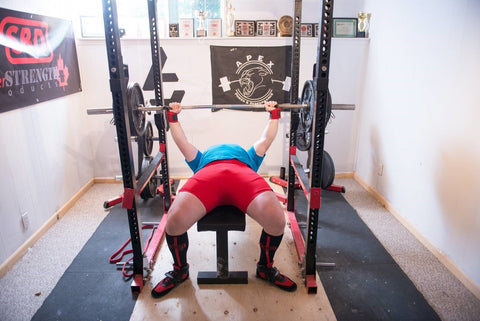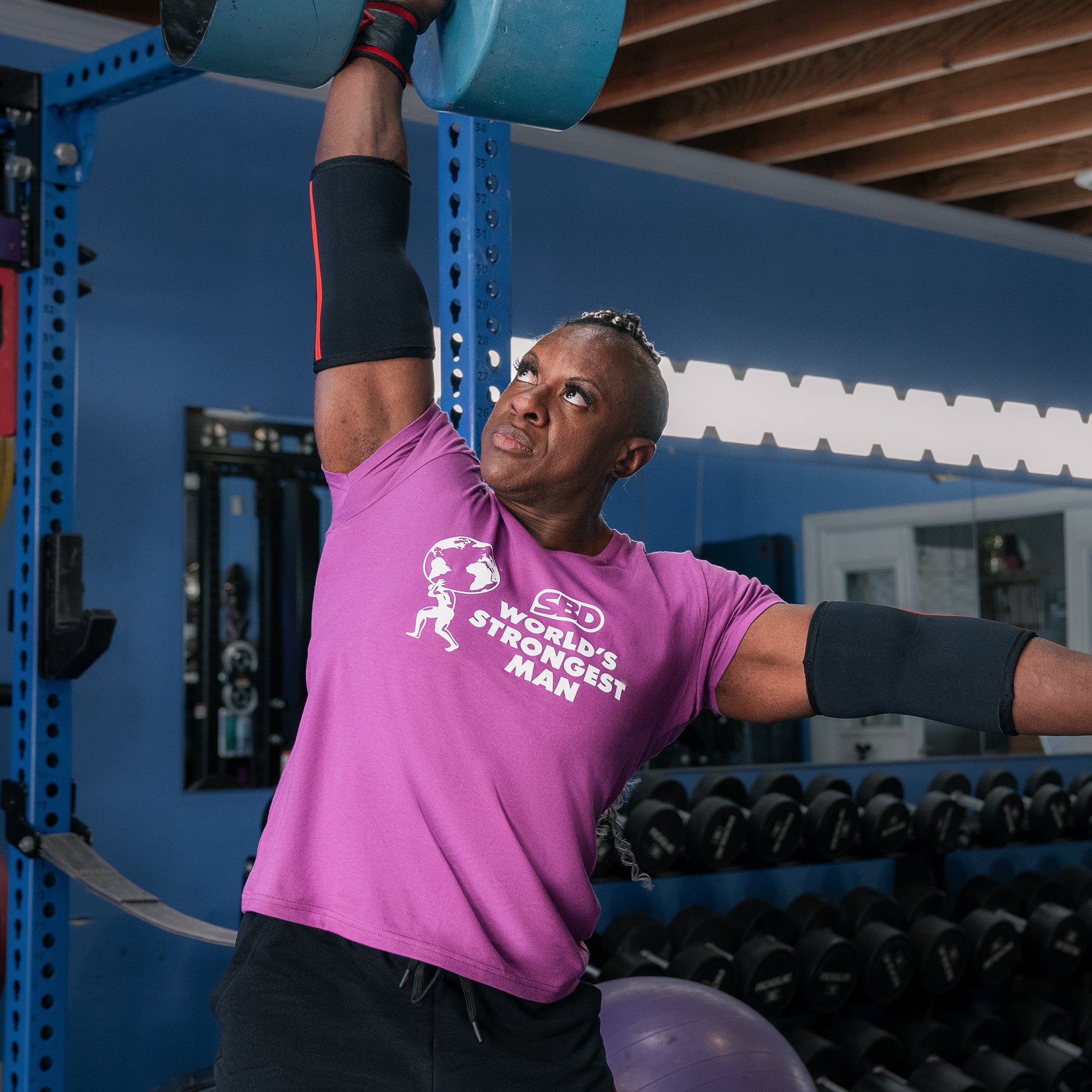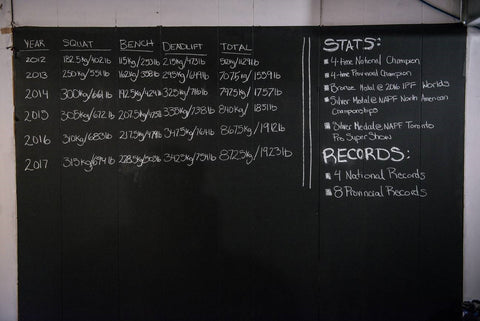Basement Training
By Erik Willis
There is a growing trend of people creating their own home gym and training by themselves. This comes with quite a few advantages but also some disadvantages.
Some of the major advantages include
1) Reducing commute to the gym and training when you want. It is pretty obvious that if you train at home you don’t need to drive to the gym. This gives you more time to spend doing other things. For me this was one of the major driving forces to getting my own equipment. I was spending about half an hour each way driving to and from the gym, and was also bound by the hours of operation of the gym. Now I can work out whenever I want and shave an hour of driving out of my day.
2) Ability to control the music/atmosphere. It is your home, your gym, you can play whatever music you want and how loud you want it. This can help get you in the zone for the big lifts.
3) Your equipment. You get to decide what equipment you use and how you treat it. You don’t need to worry about have the only good bar at the gym taken, or it wind up bent on day because someone was slamming some heavy rack pulls with it. You also never need to wait on any equipment because it is yours.

Photo by Mark Cooper Photography
While the advantages are very tempting, some of the disadvantages make it unappealing for a lot of people.
1) Cost. It is expensive to get all the equipment necessary. There are ways to keep costs lower, such as use non-competition plates, buy stuff used and only getting the bare minimums.
2) Lack of equipment. The cost often leads to having minimal equipment, so you miss out on a lot of things needed for accessory work. There is a lot of creativity involved in coming up with alternative exercises to make use of the equipment available.
3) Motivation. If you are lifting alone all the time in the same space, it can often be difficult to find the motivation to keep going. A lot of people require the external motivation of fellow gym members to help them keep going. People to cheer you on as you do the lift. There have been days where I would continually push back my workout because I just didn’t feel like doing it and it’s much easier to reason with yourself if the gym is so close.

Photo by Mark Cooper Photography
4) No spotter. This isn’t a problem if you often have people over in your home gym, but when I lift I am almost always by myself, so I don’t train with a spot. This can be difficult for a lot of people mentally because they are afraid of getting hurt. This can be very damaging to progress as you will be afraid to push and progress past your comfort zone.
5) Lack of community. This plays into point 3 a lot, but deserves its own point. If you relied on your immediate gym mates for advice and encouragement it might be difficult to remove all of that. A solution is to continually talk online with others that are into lifting. This may be your coach, old training partners, etc. Personally, I have been talking and sharing my lifting with these same people for the past 4 years, originally just to talk about training stuff, but through time they have become some of my best friends.









